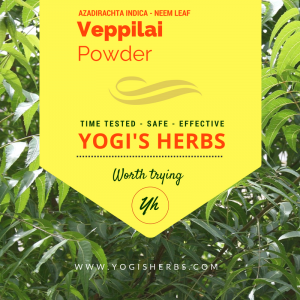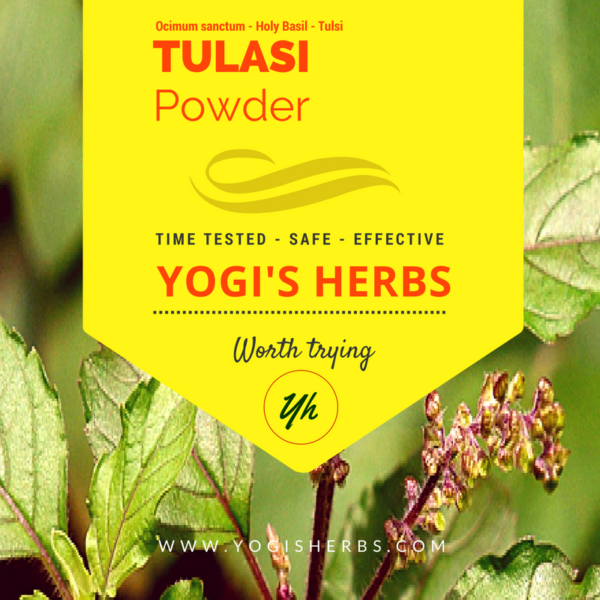Description
 Veppilai or Azadirachta indica, commonly known as Neem, has attracted worldwide prominence , owing to its wide range of medicinal properties.
Veppilai or Azadirachta indica, commonly known as Neem, has attracted worldwide prominence , owing to its wide range of medicinal properties.
For centuries, millions have cleaned their teeth with neem twigs, smeared skin disorders with neem leaf juice, taken neem tea as a tonic, and placed neem leaves in their beds, books, grain bins, cupboards, and closets to keep away troublesome bugs. The tree has relieved so many different pains, fevers, infections, and other complaints so that it has been called “the village pharmacy.” In rural India, peoples often used water decoction of neem leaves for the prevention and treatment of various ailments.
Neem leaf or bark is considered an effective pitta pacifier because of its bitter taste. Hence, it is traditionally recommended during early summer in Ayurveda (that is, the month of Chaitra as per the Hindu Calendar which usually falls in the month of March.
Neem leaf and its constituents have been demonstrated to exhibit immunomodulatory, anti-inflammatory, antihyperglycaemic, antiulcer, antimalarial, antifungal, antibacterial, antiviral, antioxidant, antimutagenic and anticarcinogenic properties.
Products made from Neem trees have been used in India for over two millennia for their medicinal properties. Neem products are believed by Siddha and Ayurvedic practitioners to be Anthelmintic, antifungal, antidiabetic, antibacterial, antiviral, contraceptive, and sedative. It is considered a major component in siddha medicine and Ayurvedic and Unani medicine and is particularly prescribed for skin diseases. Neem leaves have also been used to treat skin diseases like eczema, psoriasis.
Ayurveda was the first to bring the anthelmintic, antifungal, antibacterial, and antiviral constituents of the neem tree to the attention of natural products chemists. In Ayurvedic literature neem is described in the following manner: ‘Neem bark is cool, bitter, astringent, acrid and refrigerant. It is useful in tiredness, cough, fever, loss of appetite, worm infestation. It heals wounds and vitiated conditions of kapha, vomiting, skin diseases, excessive thirst, and diabetes. Neem leaves are reported to be beneficial for eye disorders and insect poisons. It treats Vatik disorder. It is anti-leprotic. It’s fruits are bitter, purgative, anti-hemorrhoids and anthelmintic’.
It is claimed that neem provides an answer to many incurable diseases. Traditionally neem products have been used against a wide variety of diseases which include heat-rash, boils, wounds, jaundice, leprosy, skin disorders, stomach ulcers, chicken pox, etc. Modern research also confirms neem’s curative powers in case of many diseases and provides indications that neem might in future be used much more widely.
Ref: https://www.ncbi.nlm.nih.gov/pmc/articles/PMC3695574/
http://www.neemfoundation.org/about-neem/neem-and-health/neem-cures/




